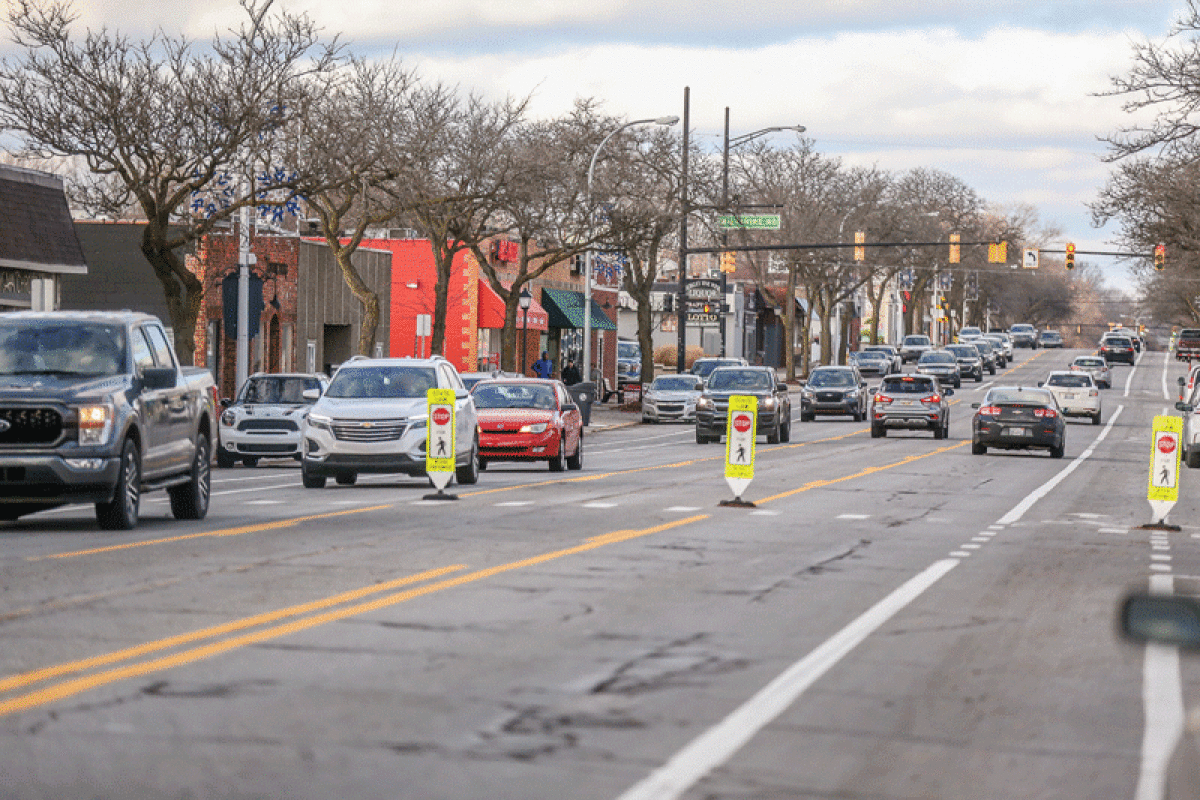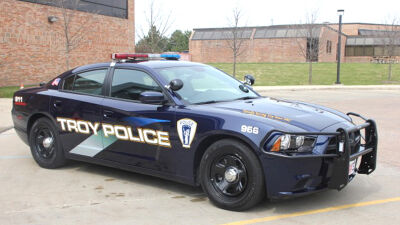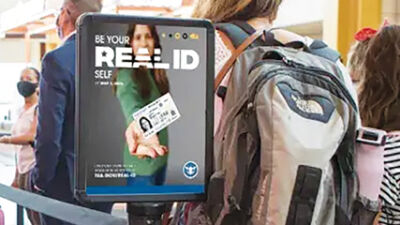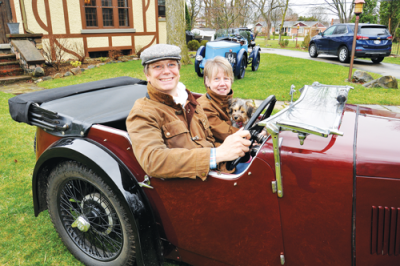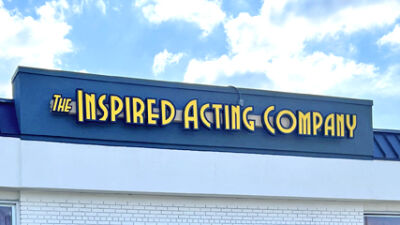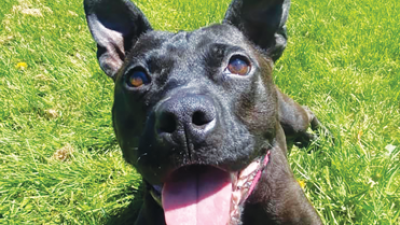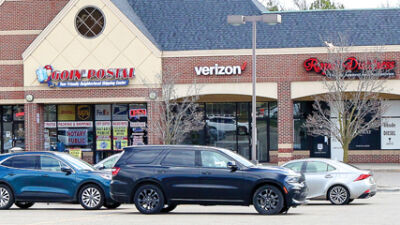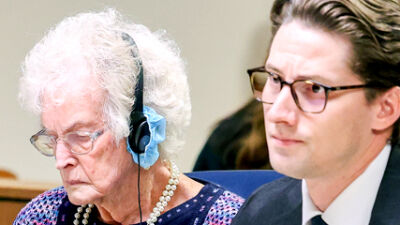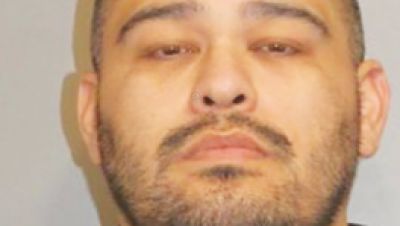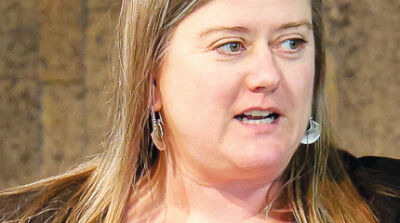BERKLEY — Coolidge Highway’s complete streets program has been ongoing for more than three years, and recently the Berkley City Council reviewed recommendations on the future of the pilot project.
In 2019, the travel lanes on Coolidge Highway were reduced from four to two, with a middle turn lane, bike lanes and additional on-street parking now added between 11 Mile and 12 Mile roads. The aim of the project was to improve traffic, bring more attention to the downtown and decrease accidents.
At its Nov. 21 meeting, the City Council reviewed recommendations from the city’s Coolidge oversight task force. The council was presented with a document that had four recommendations on how to proceed with the roadway.
The original plan when the project began three years ago was to conduct a two-year research process to evaluate whether the road diet had achieved its desired effect. One year in, Berkley was going to determine if, from the data collected, it would continue on for another year or revert the road back to its original design.
The data review timeline changed multiple times because of the COVID-19 pandemic, as Berkley couldn’t properly collect the data it needed because traffic volumes decreased during this time.
“We were not able to get … any data that we could rely on,” City Manager Matt Baumgarten said. “Those baseline items were basically going to yield results that we knew we couldn’t trust and weren’t reflective of how the corridor functions in a normal space.”
The city was able to resume its data collection last year.
For the travel and center turn lanes, the taskforce stated in its report that the pilot project “successfully tested the effect of a center turn lane and was able to demonstrate that corridor travel times differed by less than one minute with a single travel lane and a continuous center turn lane to accommodate left turning movements.” The recommendation was to keep the current configuration in place.
With parking lanes, the project was used to look at previous issues with the limited number and shallow depth of the on-street parking spaces on Coolidge. The report stated that on-street parking was “increased as part of this pilot project because … the travel lanes no longer shift into the parking lane to accommodate turning movements. It is estimated that 40 additional on-street parking spaces were created under this new configuration; however, the parking lanes were left open (unstriped) during the pilot project to keep costs at a minimum for what was anticipated to be a year-long initial review period.”
The recommendation from the task force was to keep the on-street parking in place, but with two additions: perpendicular striping and curb extensions at intersections, which would be used to stop drivers from using the parking lanes as additional travel lanes.
The next recommendation looked at the intersections. The project “utilized two different intersection styles to manage the transition from four travel lanes to two travel lanes. The two different approaches were implemented at Northbound Coolidge at Eleven Mile and Southbound Coolidge at Twelve Mile Road. What differentiates these two intersections is the point at which vehicles are asked to merge.” It was recommended to alter the intersection at 12 Mile Road to mirror the approach at 11 Mile and transition the lanes before proceeding through the intersection, as vehicles traveling on southbound Coolidge can have the option of “a right-turn-only lane (outermost lane), a lane to proceed straight and continue on Southbound Coolidge, and a left turn-only lane.”
The last recommendation was in regard to the bike lanes. Two 5.5-foot bike lanes were added in between the travel and parking lanes and, when not in use, provided an additional buffer for downtown patrons when exiting and entering their parked vehicles.
“It should be noted that planning efforts are underway in Berkley, Huntington Woods, Oak Park and Royal Oak to improve and extend non-motorized pathways well beyond Coolidge. However, throughout the course of this program, these lanes have not yet been connected to any larger bicycle network, and the Coolidge bike lanes best accommodated localized bicycle traffic,” the report states.
The recommendation from the task force was to “keep the bike lanes in place until a larger project could see the potential relocation as an expansion of the existing pedestrian areas. Should the City ever consider a project in which the curb lines are adjusted inward and a protected lane can be installed, then further study should be completed.”
Resident Kurt Hite, a member of the task force, stated he was happy with the results of the document. He said he had concerns about the data collected and the process timeline, as it went on for so long that not many of the same people were reviewing the data because the members of the task force kept changing.
“I feel like this kind of a document is something that with enough people … we could have this type of document before it started to say that this is what we want to do and these are the kind of design elements we want to have, instead of just one person doing it the way they did it, and I just feel that that hampered the type of study that we could have had,” he said.
The recommendations were unanimously approved by the City Council. Mayor Dan Terbrack said the pandemic forced the pilot to go on longer than anyone intended and acknowledged that Coolidge isn’t perfect and might never be.
“I don’t know that that is actually possible,” he said. “Is it better? It certainly appears to be. Is it safer? Yes, in a number of ways. Has it slowed traffic and allowed folks to see some of the businesses there? Definitely, I think, we can say that, but it was not a perfect pilot, it was not a perfect data collection, and it’s not necessarily a perfect outcome yet. There was still work to do that has been discussed many times and brought up by these comments, but moving backwards doesn’t seem to be the most prudent decision right now.”
Terbrack said more work is needed moving forward, especially as it relates to bike lane safety.
“I don’t know that perfect is ever going to be a description … especially what we do in the municipal world,” he said. “That doesn’t generally happen, and the fact that the pandemic really did change the way that we wanted to study this is something that we’re aware of, and that’s OK. We had to make adjustments, we’re able to get there and we’re able to get here today.”
 Publication select ▼
Publication select ▼